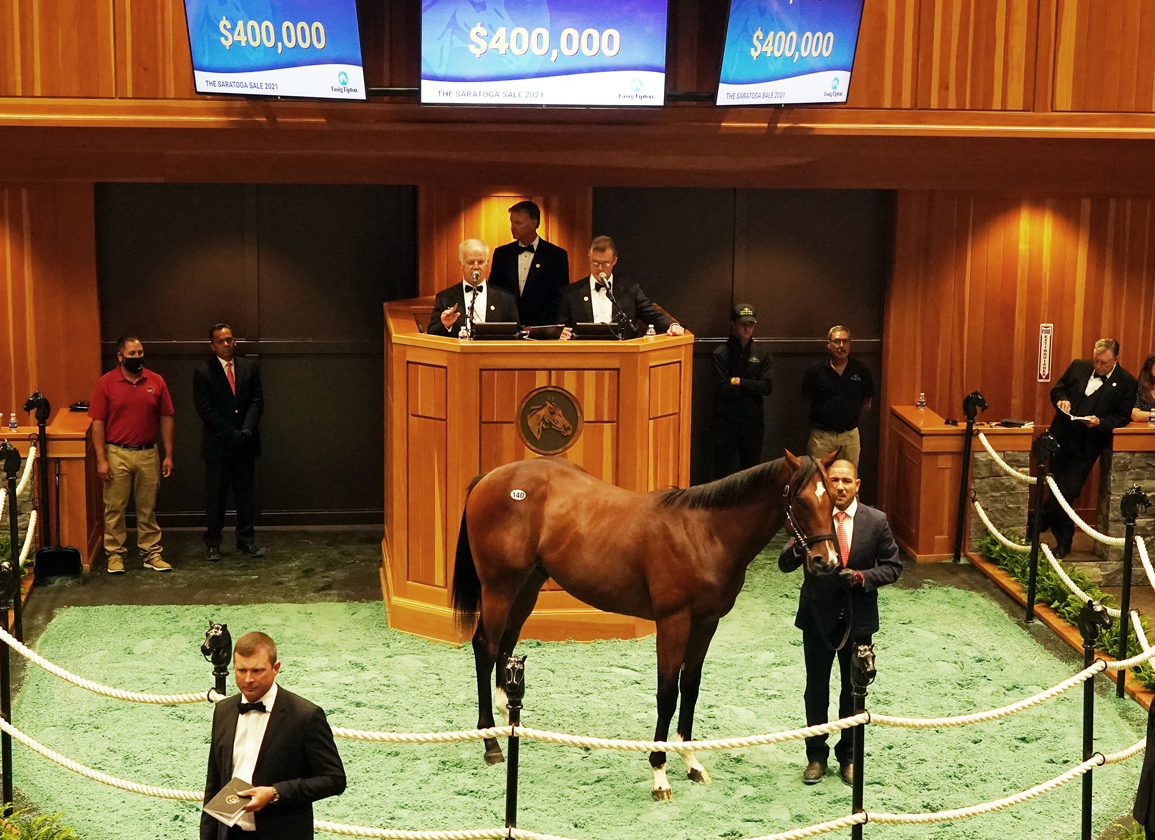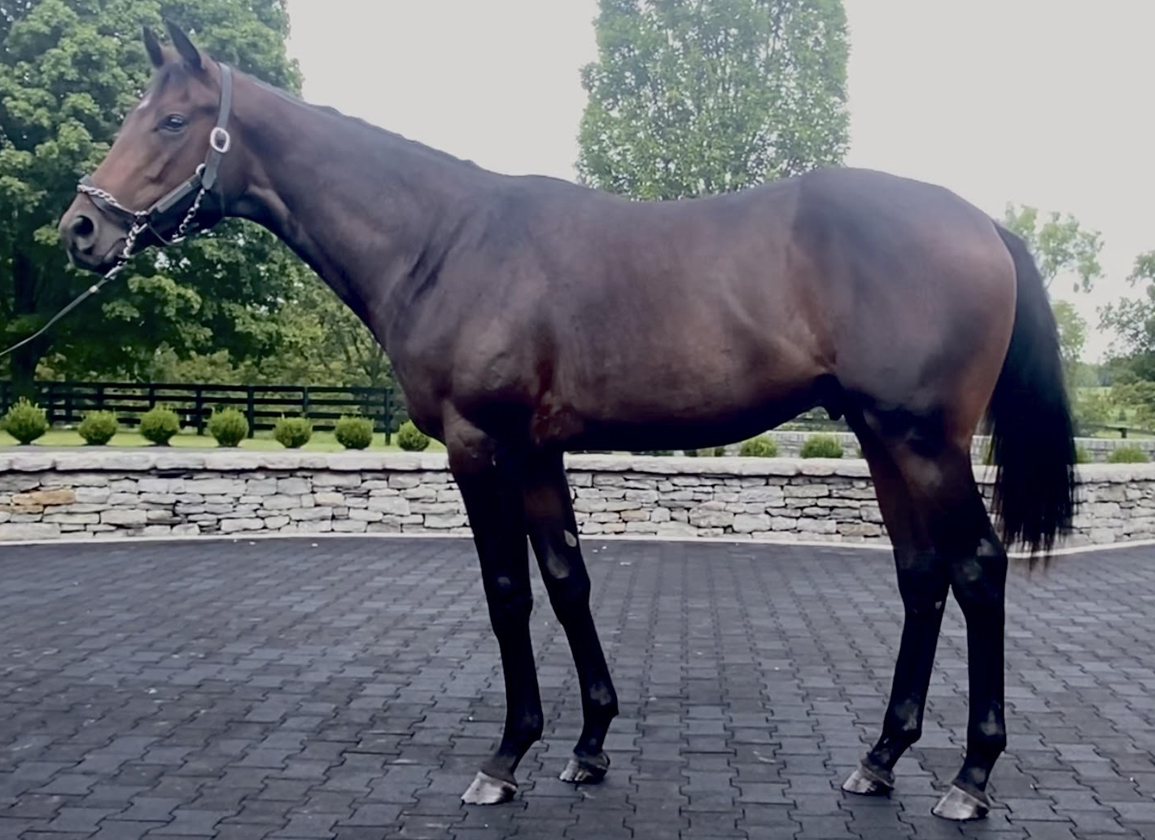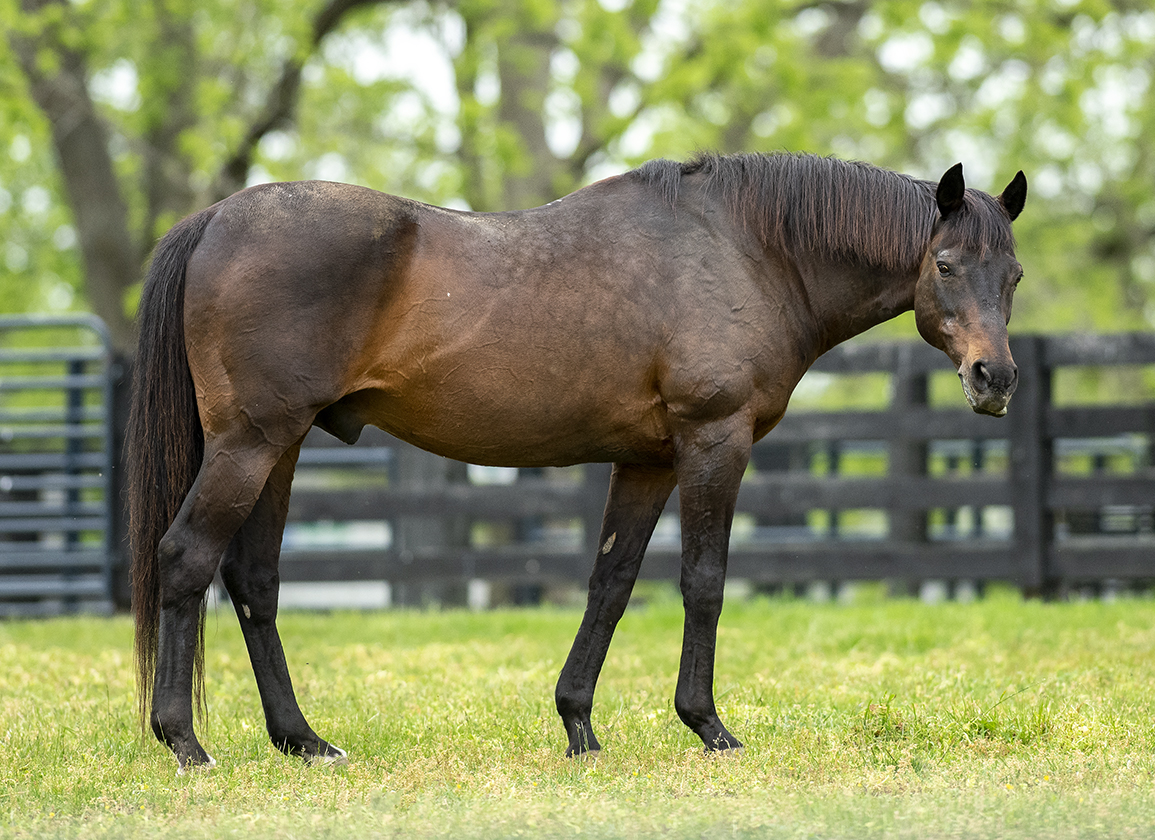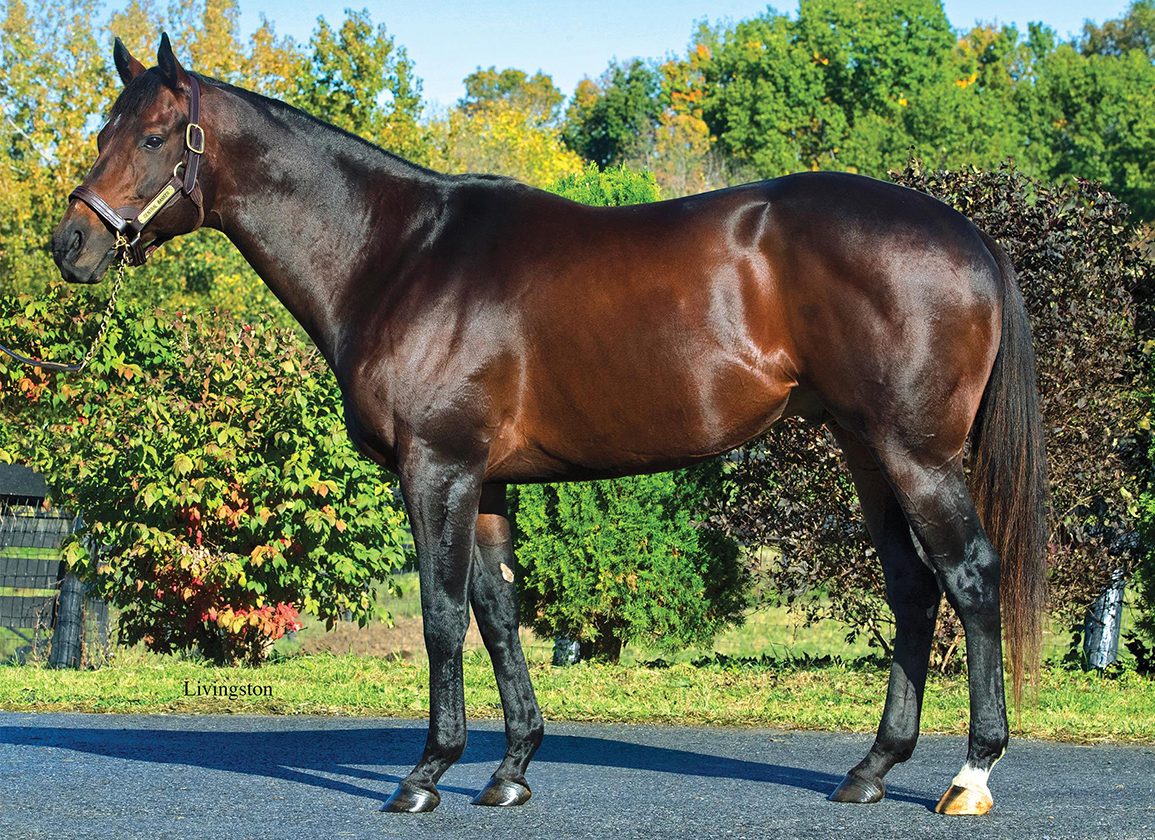When Gary Gullo retired from training in September of 2020 after 40 years on the Belmont backside, it was with big goals in mind. Gullo teamed up with longtime owner Anthony Melfi to start GMP Stable, an operation focused on breeding, selling, racing and now an equine rehabilitation farm. Gullo and Melfi's main goal has always been to acquire and breed top- quality horses and the first member of their new-and-improved breeding program will be offered at the prestigious Fasig-Tipton Saratoga Sale next week.
“It's our first time upgrading our mares,” Gullo said. “This is the first time we are actually putting them through the sale and running it as a breeding business. We have one in the Select Sale and two in the [Fasig-Tipton] New York-Bred Sale.”
The horseman continued, “Anthony is a great guy, great to work for. He has the same vision as I have, just trying to be first class with everything. It takes time to do. It is a process. It's not going to happen overnight. We are trying to buy top quality mares in foals to nice stallions. We have them at WinStar Farm. Now we are looking to sell some of the babies to offset some cost and keep it running like a business. We might start to keep a few down the road, but our goal is to breed top-quality horses.”
The GMP team will offer Hip 151, a Curlin filly out of MGISP Cassies Dreamer (Flatter), during the second session of Fasig's Select Sale Tuesday. Consigned by Taylor Made, the bay is the first foal out of Cassies Dreamer, who completed the trifecta in both the GI Frizette S. and GI Spinaway S. GMP Stable purchased the now 6-year-old mare for $435,000 with this filly in utero at the 2020 Fasig-Tipton November Sale.
“It is exciting,” Melfi said of selling a horse in the Saratoga Select Sale. “We can't wait to see how it goes and what she brings. She is a beautiful filly by Curlin. We just love her.”
Just six days later, GMP Stable has a pair of More Than Ready yearlings bred in partnership with Dutchess Views Farm and Robert Valeri set to sell during the second session of Fasig's New York-Bred Sale Aug. 15.
The first to go through the ring will be Hip 523, a filly out of Cinderella Time (Stephen Got Even). A $245,000 acquisition at the 2019 KEENOV sale in foal to Twirling Candy, the 11-year-old mare is already the dam of MGSW & MGISP Horologist (Gemologist).
Their other NY-bred offering is Hip 574, a More Than Ready colt out of Giant Blossom (Giant's Causeway). Picked up for $100,000 in foal to Frosted at the same KEENOV renewal, Giant Blossom is a half-sister to GISW Cotton Blossom (Broken Vow).
“We feel good about our New York-breds as well,” Gullo said. “We are getting our feet wet. We are relying on Fasig-Tipton, WinStar and Taylor Made. We are with the right people.”
Breeding and selling is just one area that GMP Stable dabbles in. They also have 25 horses in training across the country with conditioners such as Todd Pletcher, Linda Rice, Gary Sciacca, Robertino Diodoro and Doug O'Neill. The racing stable is a mix of homebreds, 2-year-old purchases and horses claimed at Churchill with an eye on the Del Mar meet.
“We would like to expand eventually,” Gullo said. “We bought some 2-year-olds and will buy more next year. We will also buy another three of four mares in November. Right now we are claiming horses for some action for us, but we are focusing on the higher quality over quantity.”
Gullo and Melfi's main focus at the moment is their farm, which is geared towards racehorse rehabilitation. Previously the Stone Bridge Farm training center, the Schuylerville, New York facility is an equine oasis with a training track, saltwater spas, Theraplates, magnawave and much more.
“We have a beautiful farm that is set up like a rehab, like Fair Hill,” Gullo said. “We are bringing in a hyperbaric chamber. We have saltwater spas, the vibrating plates, lasers, magnawave, thermal imaging. We have a seven-eighths Tapeta track. We redid the base and put a new cushion on it. We had the guy from Keeneland come and redo it all. We are going to have 50 stalls. We have horses here for Linda [Rice], [Todd] Pletcher and Bill Mott. Wesley Ward came out and loved it.”
The GMP farm also houses a spa for humans, offering a wide variety of services. Additionally, Melfi owns two bed and breakfasts on Union Ave. in Saratoga and plans to tie all of the facilities together.
“The spa is called Sacred Spa and Wellness,” said Melfi, who operated an environmental contracting company, which he sold in 2019. “We offer massage, facials, infrared saunas, chiropractic, acupuncture, body sculpting and basically anything you'd find at a high-end spa or wellness center.”
He added, “I also own Union Gables and the Brunswick. We are in the process of incorporating all the properties together to make it more of a destination.”
Between what they already have in the works and their future plans, Gullo and Melfi have a lot to look forward to with their new operation.
The post GMP Stable Takes Next Step Towards Big Dreams at the Spa appeared first on TDN | Thoroughbred Daily News | Horse Racing News, Results and Video | Thoroughbred Breeding and Auctions.





